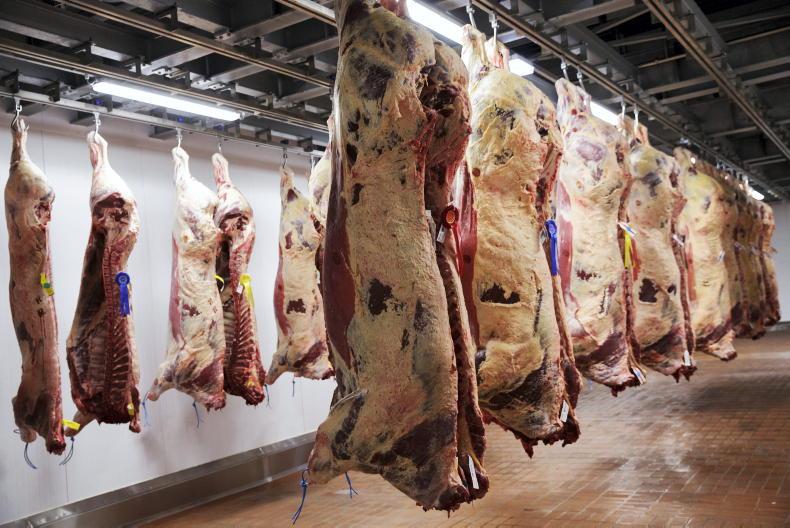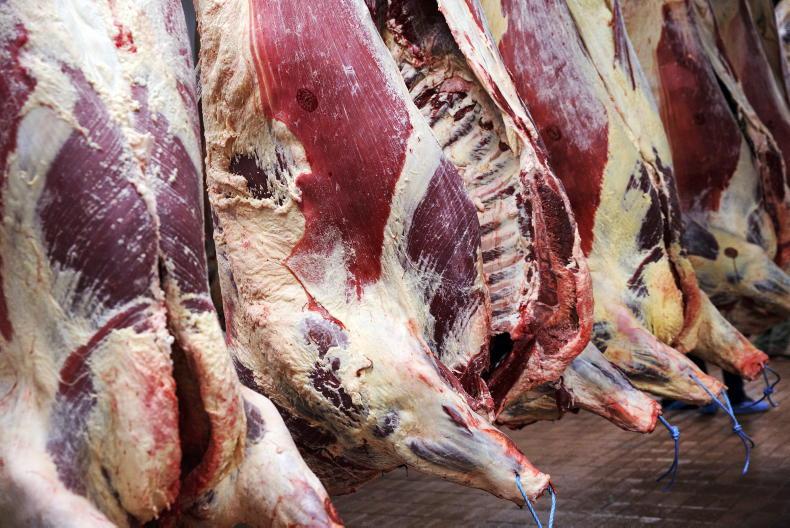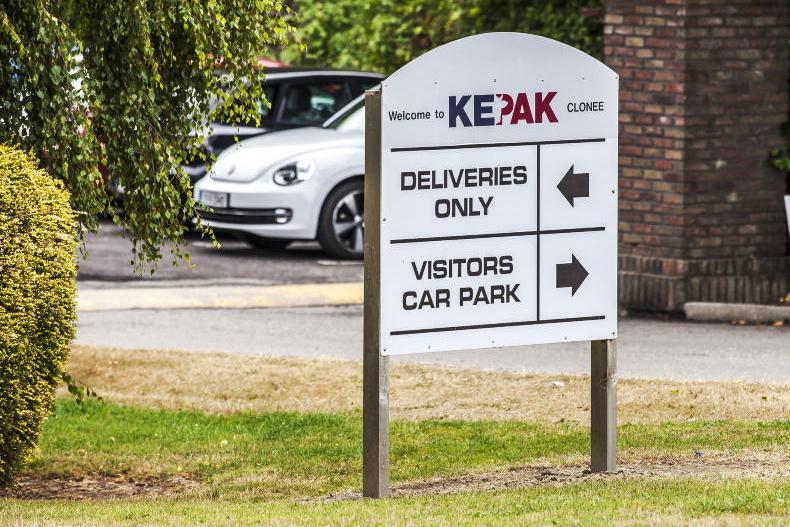I do love a good wedding and we attended my cousin’s last weekend. A few years ago when our family and friends were getting married, and there was one every other month, some (not me) viewed an invitation as a summons when it came through the door. But now that most of our family and friends are married, an invitation is seen as an opportunity to meet those same people.
Nowadays weddings come in all shapes and sizes but “the meal” generally remains as a consistent component. When we got married I was working for the Irish Farmers Association (IFA) and, to practice what I was preaching, the meal was top of my agenda and the food had to be Irish. We looked at a number of venues in pursuit of this objective and I must admit that the one we picked was not the cheapest.
Indeed, some of my friends who got married before me thought I was insane to effectively double the cost of our day so as not to feel like a fraud.
Irish people are keen to support food produced here and acknowledge its high standards. They trust it. The traceability and high standards of our product have been highlighted over and over again and yet, between Brexit, Mercosur and the current unsustainable price of beef, we have protests at meat factories all around the country.
The use of iconography, or Irish symbols, can unknowingly put products that are not Irish into the shopper’s basket
Retailers in this country value this image and spend a lot of money to tell customers about the origin of the product on their shop shelves. Labelling, however, can be a considerable bugbear to farmers. A label can mislead as much as it can inform.
The use of iconography, or Irish symbols, can unknowingly put products that are not Irish into the shopper’s basket. However, there is legislation in place to prevent this and you can see what you are buying if you study the packaging. While this holds true for the pre-packs, things are not as clear at wholesale levels such as in the hotel or catering industry.
I frequently embarrass my fellow diners with a query as to the origin of the meat
In June 2006, legislation was enacted making country of origin labelling of beef compulsory in restaurants and other catering establishments. However, this was not extended to cover other meats. When people get used to seeing the country of origin of beef on Irish menus, they may assume that their chicken or pork must also be Irish and they order the chicken curry. This chicken may not be Irish. I frequently embarrass my fellow diners with a query as to the origin of the meat but, that said, I wouldn’t do it at a wedding.
We are undergoing a rapid change to our dietary choices. It appears that this is being driven by younger consumers moving away from animal products. But meat intake globally varies widely.
While trade is a threat, it is also an opportunity
UK research (the Nutrition Society) shows that in the last decade there has been an overall decline (or stabilisation) in the consumption of red or processed meat in more affluent countries. This is in contrast to emerging economies where meat consumption continues to increase with rising income and rapid urbanisation.
While trade is a threat, it is also an opportunity. We need to be able to access these markets for our beef if we are to continue producing it. We also need to practice what we preach and ensure that we maintain the highest standards. Then we need to get paid for it. Everyone in the food chain has a role to play if we want to have Irish beef or salmon as a menu option at our children’s and grandchildren’s weddings.
Read more
Schools are back - will my children return to normality with them?
How can you diversify your farm?
I do love a good wedding and we attended my cousin’s last weekend. A few years ago when our family and friends were getting married, and there was one every other month, some (not me) viewed an invitation as a summons when it came through the door. But now that most of our family and friends are married, an invitation is seen as an opportunity to meet those same people.
Nowadays weddings come in all shapes and sizes but “the meal” generally remains as a consistent component. When we got married I was working for the Irish Farmers Association (IFA) and, to practice what I was preaching, the meal was top of my agenda and the food had to be Irish. We looked at a number of venues in pursuit of this objective and I must admit that the one we picked was not the cheapest.
Indeed, some of my friends who got married before me thought I was insane to effectively double the cost of our day so as not to feel like a fraud.
Irish people are keen to support food produced here and acknowledge its high standards. They trust it. The traceability and high standards of our product have been highlighted over and over again and yet, between Brexit, Mercosur and the current unsustainable price of beef, we have protests at meat factories all around the country.
The use of iconography, or Irish symbols, can unknowingly put products that are not Irish into the shopper’s basket
Retailers in this country value this image and spend a lot of money to tell customers about the origin of the product on their shop shelves. Labelling, however, can be a considerable bugbear to farmers. A label can mislead as much as it can inform.
The use of iconography, or Irish symbols, can unknowingly put products that are not Irish into the shopper’s basket. However, there is legislation in place to prevent this and you can see what you are buying if you study the packaging. While this holds true for the pre-packs, things are not as clear at wholesale levels such as in the hotel or catering industry.
I frequently embarrass my fellow diners with a query as to the origin of the meat
In June 2006, legislation was enacted making country of origin labelling of beef compulsory in restaurants and other catering establishments. However, this was not extended to cover other meats. When people get used to seeing the country of origin of beef on Irish menus, they may assume that their chicken or pork must also be Irish and they order the chicken curry. This chicken may not be Irish. I frequently embarrass my fellow diners with a query as to the origin of the meat but, that said, I wouldn’t do it at a wedding.
We are undergoing a rapid change to our dietary choices. It appears that this is being driven by younger consumers moving away from animal products. But meat intake globally varies widely.
While trade is a threat, it is also an opportunity
UK research (the Nutrition Society) shows that in the last decade there has been an overall decline (or stabilisation) in the consumption of red or processed meat in more affluent countries. This is in contrast to emerging economies where meat consumption continues to increase with rising income and rapid urbanisation.
While trade is a threat, it is also an opportunity. We need to be able to access these markets for our beef if we are to continue producing it. We also need to practice what we preach and ensure that we maintain the highest standards. Then we need to get paid for it. Everyone in the food chain has a role to play if we want to have Irish beef or salmon as a menu option at our children’s and grandchildren’s weddings.
Read more
Schools are back - will my children return to normality with them?
How can you diversify your farm?










SHARING OPTIONS